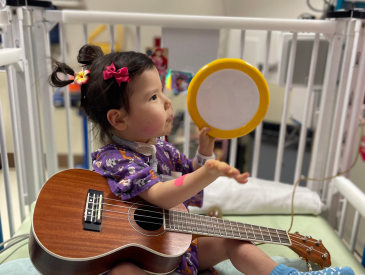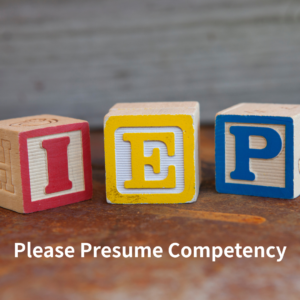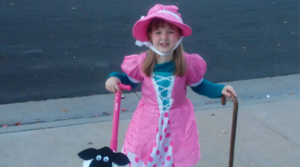Advocating
Parents have an exceptionally important role to play in their child’s care. You are the expert in your child. You can read their moods and facial expressions, understand their gestures and sounds, and know what makes them happy.
The medical team needs your input and guidance. Your understanding of the illness and perception of how your child is faring over time will help the clinicians assess your child’s treatment options and continue to make recommendations for the care plan.

Your Team:
Professionals who have completed advanced training in a specific area of medicine.
A mental health professional who uses therapy and other strategies to support coping and adjustment and treat concerns regarding social, emotional, or behavioral functioning.
A trained professional who works with people, groups and communities to help them better their lives.
A member of the clergy who is responsible for the religious needs of an organization and/or its constituents.
An individual who leads and/or guides individuals or groups coping with life experience and challenges.
A specialist whose aim is to improve the quality of life of their patients over the course of their illness regardless of stage, by relieving pain and other symptoms of that illness.
Your child’s lead specialist as well as a psychologist, social worker, chaplain or spiritual leader can help you define your goals of care—what you want for your child and family. The palliative team can support you in feeling comfortable in your role and can be a bridge between the family and the medical team when important conversations are taking place.
Knowing the questions to ask and feeling confident in asking them are critical parts of being an effective advocate. At first you may hesitate, feeling dependent on the medical team for advice. Over time you may surprise yourself with how much insight you have about your child, how their condition is affecting them, and how to manage their symptoms. And as you and the care team develop an open channel of communication, you will feel more and more like a member of the team.
You may find that certain terms and processes are common to caregiving, and that clinicians refer to them in their conversations with you. These tools can support you as you navigate the journey. The goal is to have confidence that you are being the best parent you can be to your child.
- Goals of care is a term commonly used to refer to what ideas and values guide you in decision-making for your child. These can include decisions about their comfort, their participation in family and community activities, and your hopes for the trajectory of their life. Your goals of care are the foundation and guide for decisions you may need to make over time.
- Advocates want and expect an active role in making decisions for their child and family. There are established practices for shared decision-making, starting with understanding your own decision-making style. The CPN guide “Framework for Sharing Decision-Making with Your Child’s Clinicians” describes different family and clinician styles and offers ideas for breaking through challenges in making decisions.
- Living with a child with medical complexity is an exercise in accepting uncertainty—ups and downs as their condition progresses. Baseline is a technical term for where things are when they are stable. The medical team will be interested in your assessment of how and when you feel your child’s baseline has shifted. The guide “Understanding Baseline” provides an overview and suggests questions and prompts for identifying changes over time.
- Palliative care is a layer of support that focuses on the psychological, social and emotional well-being of the child and family. Palliative specialists, and clinicians who incorporate palliative practices, focus on comfort and relief of suffering. They assist the family in decision-making and sometimes act as a liaison between the family and the medical team. Families may resist palliative care because it is easily confused with hospice. It is not hospice, although palliative practice may be a part of hospice care. The CPN guide “Understanding Palliative Care and Hospice Care” explains the differences and how palliative care benefits the child and family.
– Ashley, parent of Viggo
Related Resources
-
 Advocating for their child can be tricky for the parents: The burden should be on us clinicians to be better listeners.video
Advocating for their child can be tricky for the parents: The burden should be on us clinicians to be better listeners.video -
 I want parents to know to be empowered.video
I want parents to know to be empowered.video -
 Please Presume CompetencyBLOG
Please Presume CompetencyBLOG -
 Advocating for my child: “If I don’t feel that provider is safe or respectful of my daughter, I go ahead and have them removed.”video
Advocating for my child: “If I don’t feel that provider is safe or respectful of my daughter, I go ahead and have them removed.”video -
 Parenting a Medically Complex Child: Becoming my son's advocatevideo
Parenting a Medically Complex Child: Becoming my son's advocatevideo -
 Advocacy, Battle Scars, & Pieces of SanityBLOG
Advocacy, Battle Scars, & Pieces of SanityBLOG